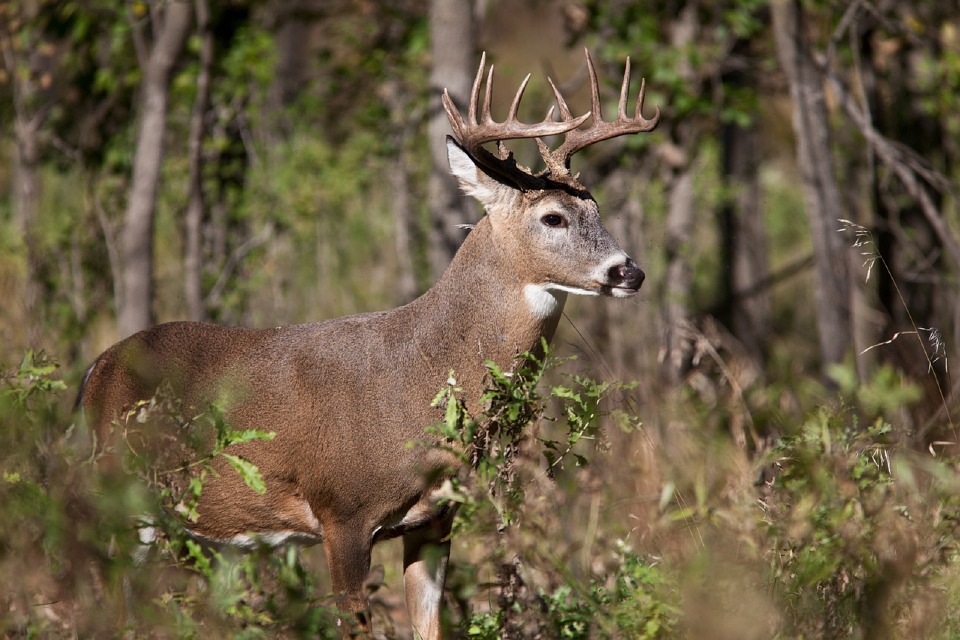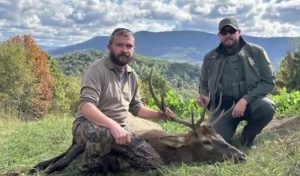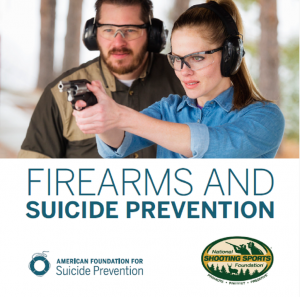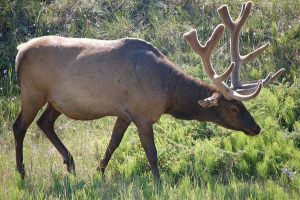MONTPELIER, Vt. – The Vermont Fish & Wildlife Department says preliminary numbers show 12,710 deer were taken during Vermont’s 2015 deer hunting seasons.
Reports from big game check stations indicate hunters had successful deer seasons in 2015, taking 3,398 deer in archery season, 1,277 in youth season, 6,592 in rifle season, and 1,443 in muzzleloader season. The 12,710 deer brought home by hunters yielded more than 630,000 pounds of local nutritious venison.
“Compared to the previous three-year averages, harvest numbers increased slightly during the archery and rifle seasons, but decreased during the youth and muzzleloader seasons,” said deer project leader Nick Fortin. “The legal buck harvest of 8,294 was nearly identical to the previous three-year average of 8,286.
“However, we saw an overall decrease primarily due to the department issuing 43 percent fewer muzzleloader antlerless permits this year. These permits were reduced in response to the back-to-back severe winters of 2014 and 2015. Following a winter like 2015, a stable buck harvest clearly demonstrates the value of managing for a healthy deer herd.”
The primary goal of Vermont’s deer management strategy is to keep the deer herd stable, healthy and in balance with available habitat. “Maintaining an appropriate number of deer on the landscape ensures deer and the habitats that support them remain in good condition and productive,” said Fortin. “This year’s harvest is a good indicator that we are meeting the management objectives established in Vermont’s 10-year Big Game Plan.”
Each year the department operates biological check stations during deer hunting seasons to gather information on the age, sex, field dressed weight, antler characteristics, and overall health of Vermont’s deer herd. In 2015, biological data were collected from 1,747 deer examined during the two-day youth season and November rifle season.
To provide additional data, more than 2,600 teeth were collected from bucks harvested during the rifle season. Fortin adds, “The effort made by hunters and many of our big game reporting stations to collect teeth during rifle season will significantly improve our understanding of the age composition of Vermont’s buck population.”
Based on weights of deer examined by wildlife biologists, Vermont’s deer herd is as healthy now as it has been at any time since the 1940s when such data were first collected. Deer that go into winter with heavier body weights are better able to survive harsh winter conditions.
The 2015 report on deer hunting seasons with final numbers will be on Vermont Fish & Wildlife’s website (www.vtfishandwildlife.com) in early February.




